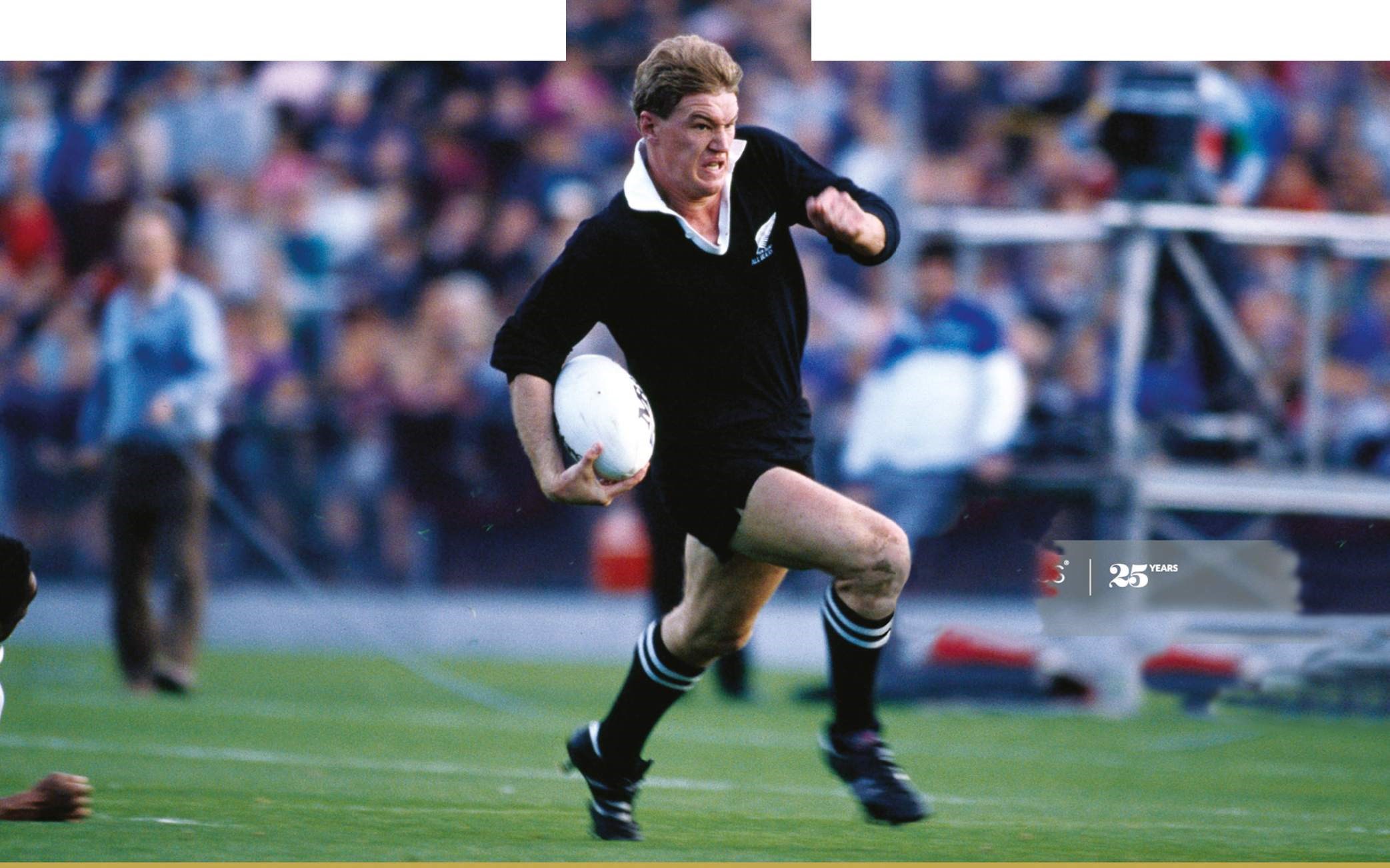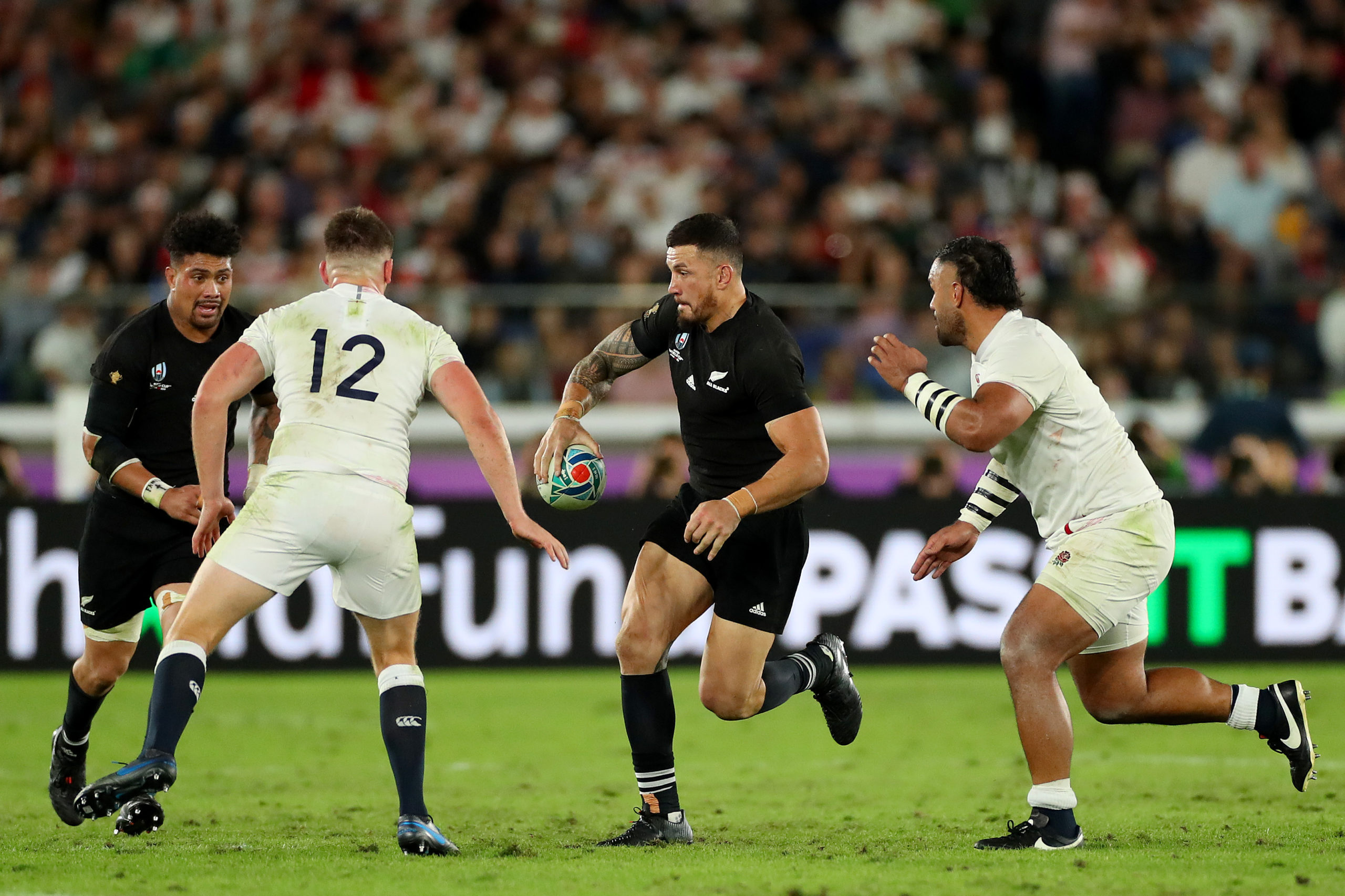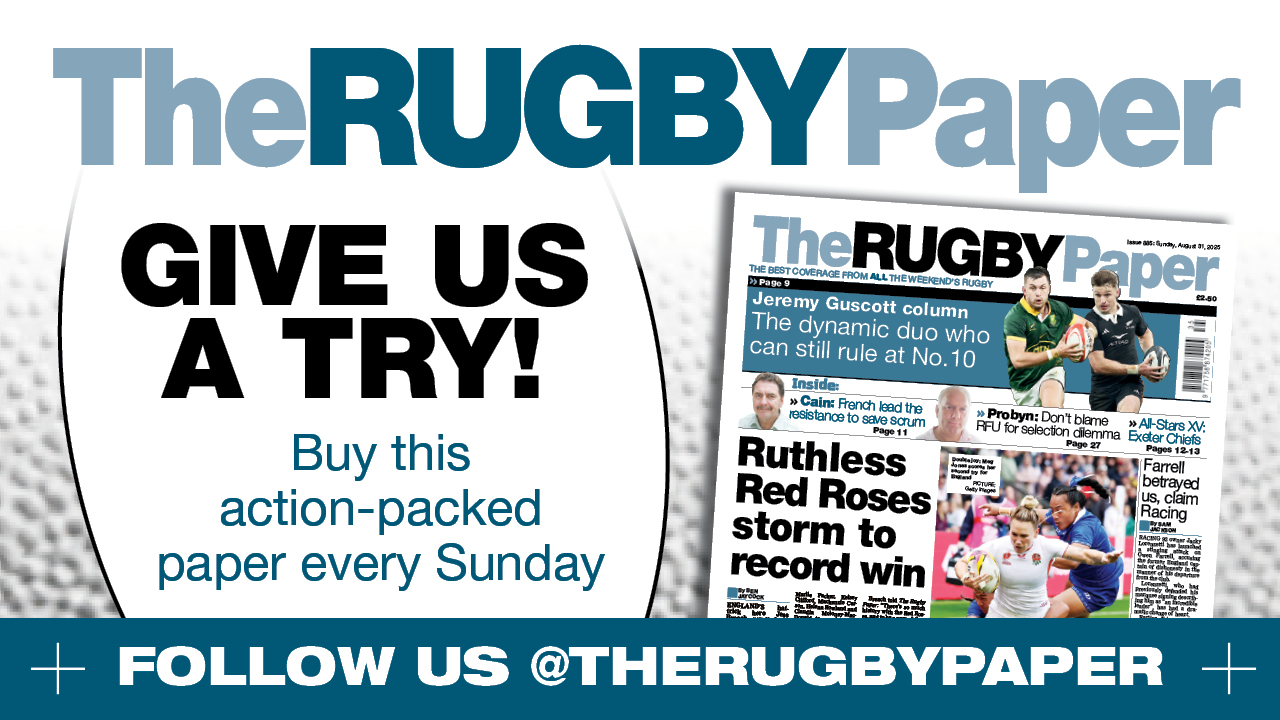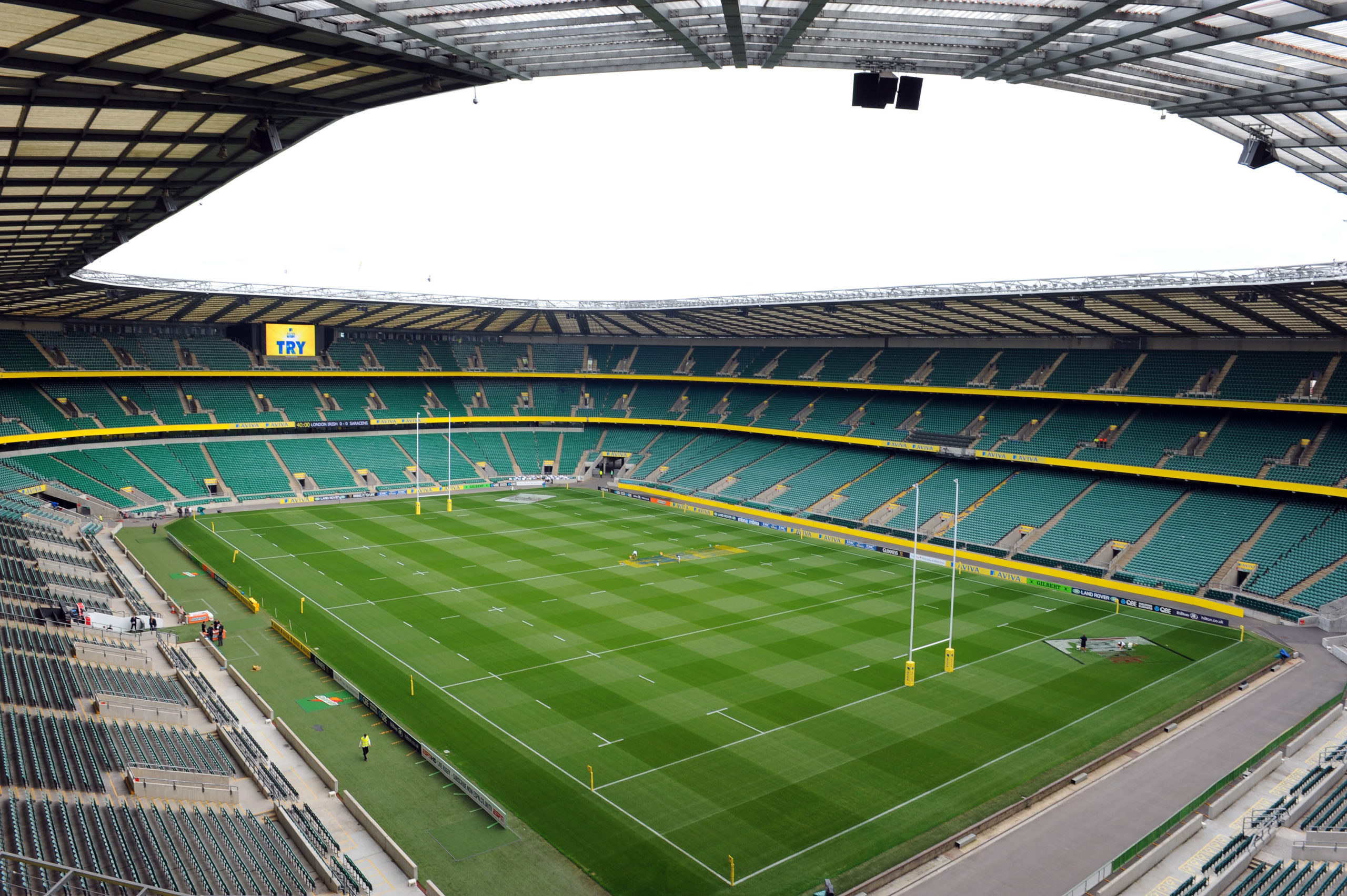Features
Kirwan delivers under weight of expectation
More in Features
-
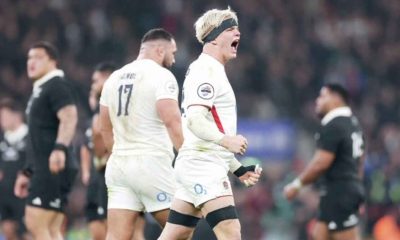

Peter Jackson: England finish top but Springboks still No.1
They say the league table never lies, that like George Washington’s inaugural American presidency,...
-
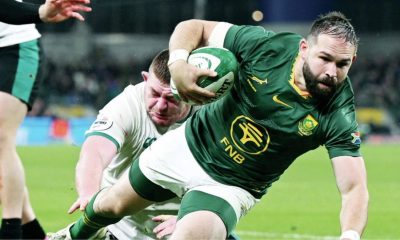

Paul Rees: Springboks are setting the standard
Paul Rees reflects on the Autumn Tests and what the implications might be for...
-
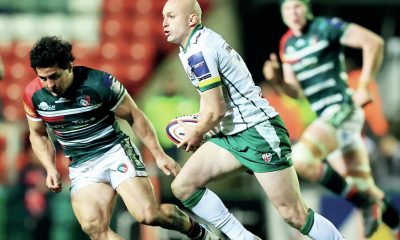

My Life in Rugby: Jacob Atkins – Playing for London Irish meant so much to me
The former London Irish and Rovigo centre Jacob Atkins reflects on his life in...
-
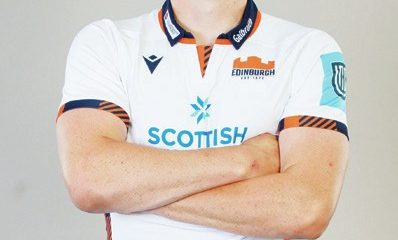

SAM BYRD
YOUNG GUNS EDINBURGH & SCOTLAND U19 LOCK Scottish-qualified lock Sam Byrd is enjoying settling...

